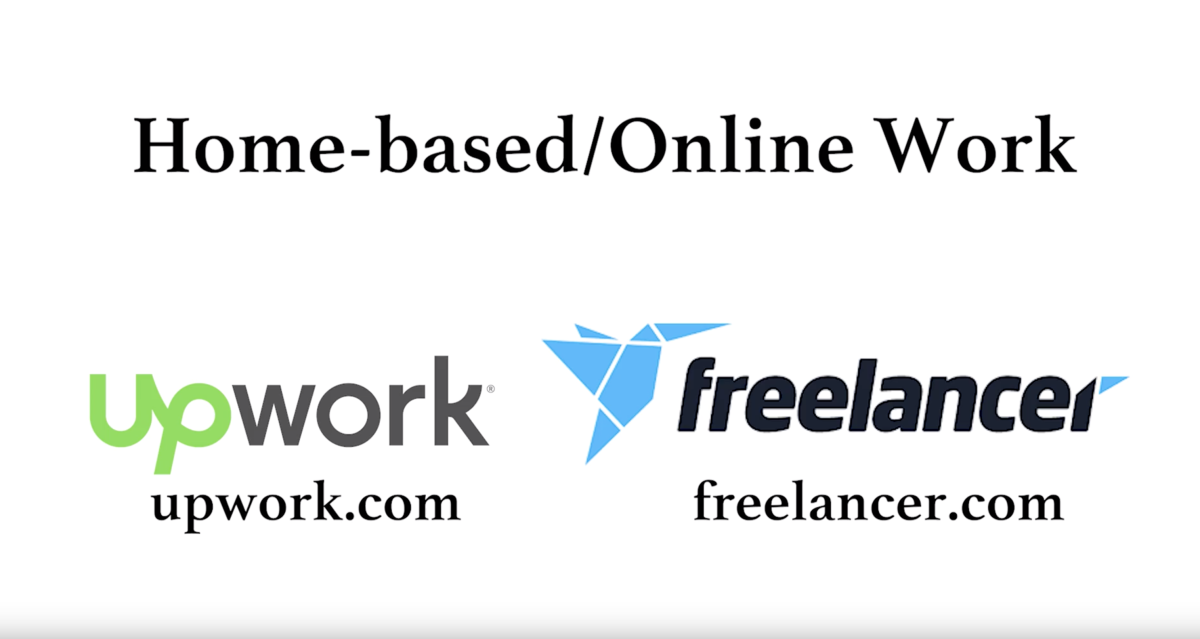How to Short a Stock
How to Short a Stock
Understanding the concept of how to short a stock may seem a little confusing at first, especially for the beginning investor, but I believe that this hub will give you the basics of the concept without “bending your brain” with a bunch of mostly useless technical jargon. Pretty much only in the stock market world is the word “short” used as a verb, but that’s another topic for another time. Anyway, when you short a stock, you are literally taking a short or a “bearish” position, meaning, you’re betting that the stock’s price is going to fall. And interestingly enough, when the stock’s price falls, if you’re short you make money. If you’re long (meaning, you bought shares of the stock), you lose money when the stock’s price tanks, but if you’re short, you’re laughing all the way to the bank. Why is this? Well, when you “short” a stock, you’re selling shares of a stock at one price, waiting for the stock to decline to a lower price, and then buying the shares back, keeping the difference in price as your profit. Huh? Yeah, it’s not always the easiest thing to grasp the first time around. One of the most common questions I hear from people who are trying to understand how to short a stock is “How can I sell something I don’t own”? This is where understanding your brokerage account comes into play. Most major brokerage houses such as TDAmeritrade, Scottrade, and E-Trade, allow you to short stocks. When you short a stock, you literally are borrowing shares from a brokerage and selling them to another person (the person that’s going “long” against your position). Since the other investor (whoever they are) is buying the stocks that you borrowed, your account is credited with money for the sale of those shares. Say for example (and for ease of math) you shorted a stock that was trading at $100 a share. You shorted 100 shares, so your account was credited with $10,000 ($100 x 100 shares). That ten thousand dollars is now sitting in your account, and as long as your position is open (meaning you’re actively in the market), that money will “react” to any fluctuations in price, because the money is basically representative of the value of the stock’s shares. Therefore, if the shares increase in value, you actually lose money, because remember, you’re short. If you were long (or you bought shares), the rising price would be a good sign, but since you’re short, an increase in price means a decrease in the dollar value of your position. But, let’s say that the stock you shorted went south quickly after you opened your short position. That would basically mean that your position would increase in value. How so? Think about it: You sold the shares at one-hundred bucks per share and got ten grand as a result of it. But then the price of the stock drops to $50 a share—you’re sitting pretty now, because all you would have to do is close your position, or in other words, buy the stock back at it’s new price of $50 a share, and you have officially made a 50% profit on your trade.

Understanding How to Short a Stock
Still having a little trouble grasping the concept? I fully understand…let’s run it down one more time. You shorted the stock, and your account was credited with $10,000. The stock’s price drops, and now the stock is only worth $50 per share—now what does that mean in terms of dollar value in your account? Think about it: Now the stock is only worth $5,000. So you borrowed shares and sold them to somebody and received $10,000 right off the bat, but that SAME AMOUNT OF STOCK is worth only $5,000 now—see, that’s the kicker—you have to remember that the share amount hasn’t changed. Whereas once 100 shares was worth $10,000, now those same 100 shares are only worth $5,000. So, what can stop you from using the $10,000 that’s been sitting in your account and buying back the 100 shares you sold? Nothing—so, you buy back the 100 shares at $50 per share, for only $5,000 out-of-pocket to you. Guess what happens to the remaining $5,000 that you didn’t have to use to close your position? Yep, that’s right, you KEEP it. That’s the beauty of shorting a stock. One quick note: When you buy back the shares of stock that you shorted, it’s known as “covering your short”. (Don’t ask me why, just telling you what it’s called.) Once you’ve covered your short, you’ve closed your position, the brokerage gets their 100 shares back, and you’re sitting pretty with a $5,000 profit, not having come out-of-pocket for one single thing. Now one thing to keep in mind is that although you don’t have to technically “spend” any money to short a stock, you do have to show the brokerage house that you are financially able to cover for whatever losses you might incur if the trade goes against you. For this reason, many brokerage houses won’t even allow you to short stocks unless you have a good amount of cash sitting in your account to begin with (i.e., $5,000 or so). This cash will act as a “hedge” in case the trade doesn’t go in your favor. Just think: If the stock’s price would have risen instead of fallen, all of a sudden your profits are being eaten into right off the bat. As a matter of fact, the most you could ever make would be the amount of money you initially received, and that’s only if the stock’s price were to go all the way to zero, so your profit is theoretically limited when you short a stock. Conversely, since you’re somewhat “exposed” if the stock’s price were to rise, your risk is also theoretically unlimited, due to the fact that a stock’s price can rise as high as it wants to (once again, in theory…this won’t happen 99.99999% of the time). So you have virtually unlimited risk and limited profit potential by shorting stocks, and although that sounds somewhat intimidating on paper, in reality it’s a pretty workable deal. Hope you enjoyed this quick primer on how to short a stock…now go forth and short to your heart’s content!









